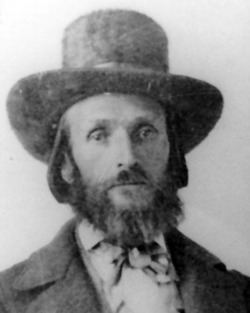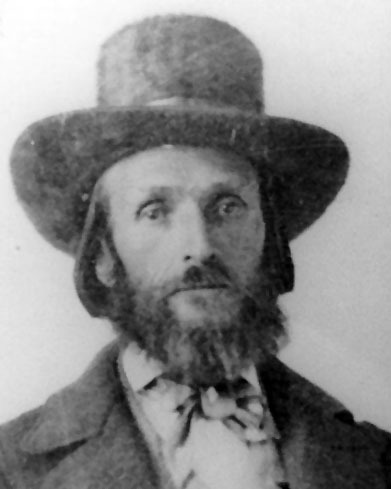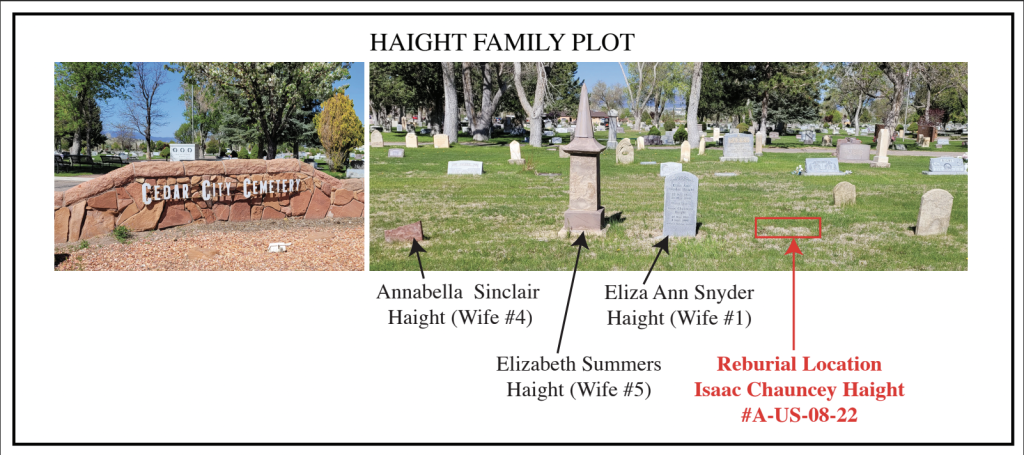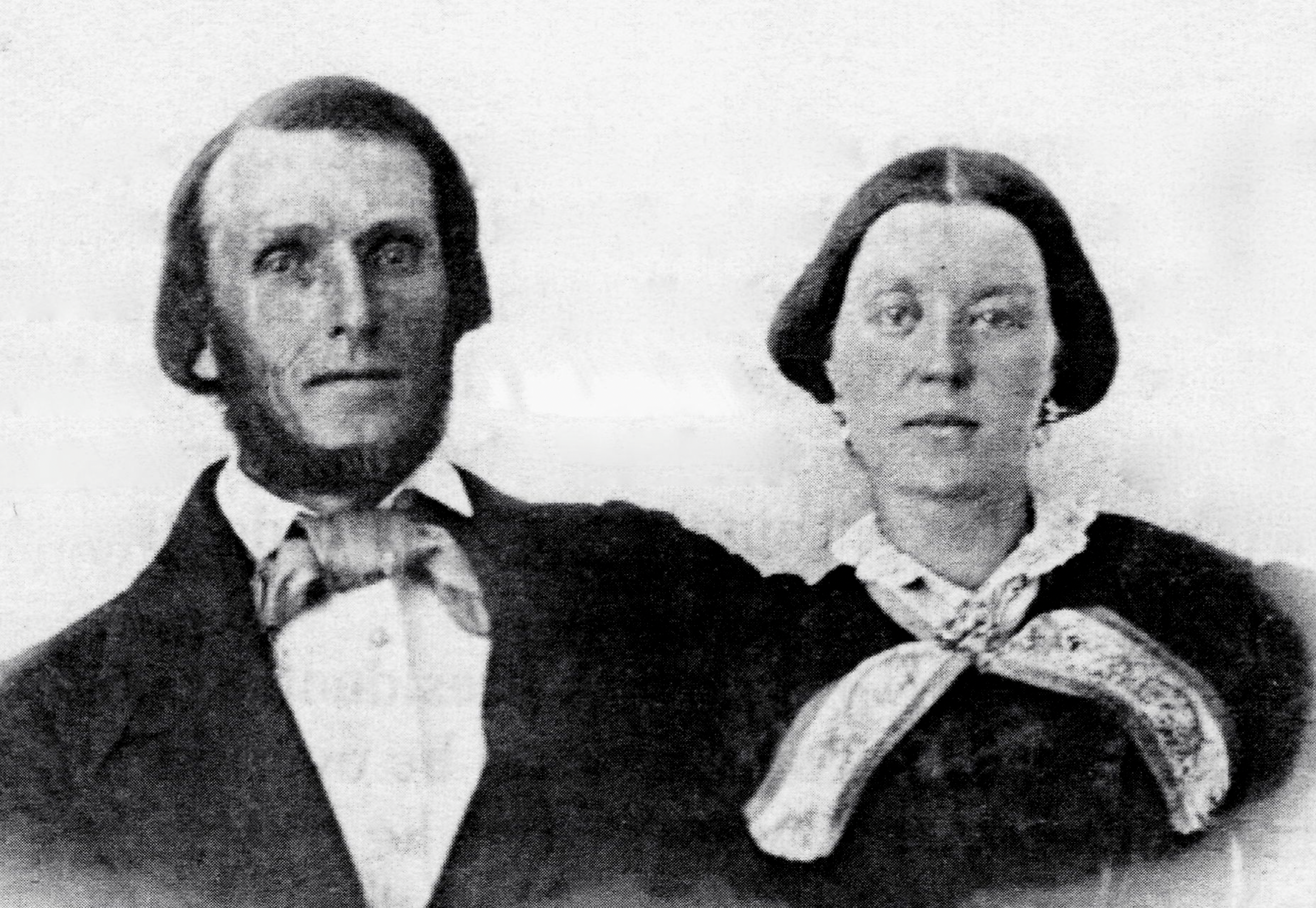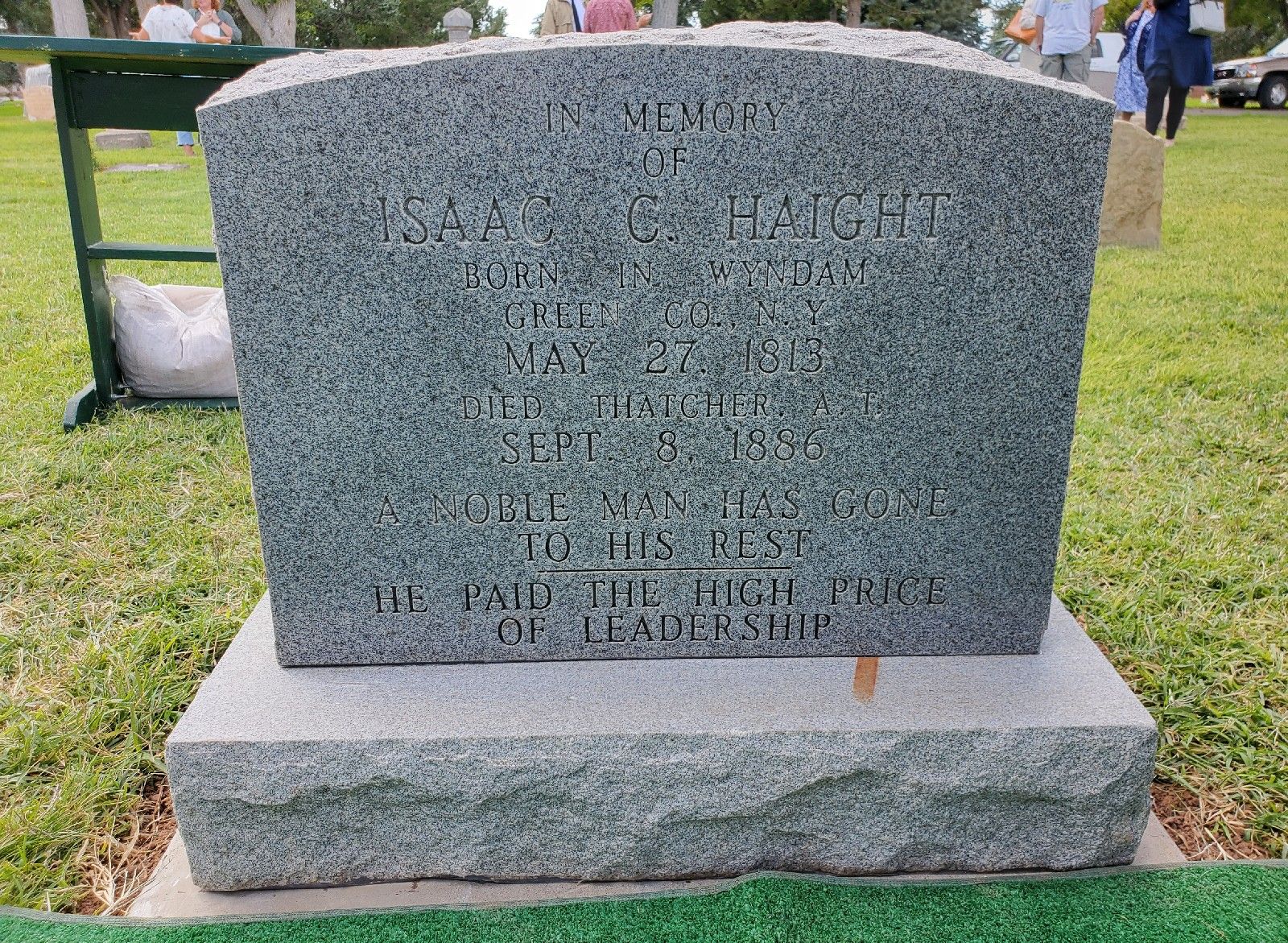Biography. Isaac Chauncey Haight, an early convert to the Latter-day Saint Movement, was a pioneer of the American West, and best remembered as the commander of the Cedar City Militia at the time of the Mountain Meadows massacre on September 11, 1857, during which some 120 emigrants from Arkansas were killed. Although Haight was excommunicated from the church in 1870, he was later rebaptized and was a member in good standing at the time of his death.
He was raised on a farm in New York, and became a Baptist at age 18, hoping to become a missionary in Burma. He educated himself and found work as a schoolteacher. He converted to Mormonism and set out to convert others in his neighborhood, building up a branch with forty members. To escape religious persecution, his family (wife and infant daughter, parents, one brother and two sisters, all of whom had joined the church) arrived in Nauvoo, Illinois in July 1842.
He worked as a constable in Nauvoo and was frequently asked to serve as a bodyguard for Joseph Smith. Haight was the first member of The Church of Jesus Christ of Latter-day Saints to hear of the death of Joseph Smith, the founder of the Latter-day Saint Movement when the messenger delivering the news of his assassination rode up to the Nauvoo Temple, which Haight was guarding. Other leadership callings included bishop, branch president, and mission president.
He emigrated with the Saints of The Church of Jesus Christ of Latter-day Saints to Utah in 1847. In December 1849 Haight and fifty others were sent by Brigham Young to explore the mountains in southern Utah, about 300 miles south from Salt Lake City. Among these explorers were Parley P. Pratt and George A. Smith, who also established a winter home there. From 1850 to 1852, he was sent to England to learn iron making, and upon his return was placed in charge of purchasing and assembling supplies for thousands of new European converts to cross the plains.
He dedicated much of his life to what was going on at Cedar. He was sent to Cedar City by Bringham Young in 1853 to manage the Deseret Iron Company and became the first mayor, the first stake president, and the first postmaster. He owned the distillery, the woolen mill, and a lot of properties.
In 1853, he married two additional wives. Upon his return to Utah, he was appointed to the territorial legislature and was the first mayor of Cedar City, Utah where he was a farmer. His practice of polygamy forced him to flee Federal officers and become an exile late in life. While a fugitive, he assumed the name Horton (his mother's maiden surname) and freighted material for the construction of the St. George temple. He died estranged from family and friends.
Biography. Isaac Chauncey Haight, an early convert to the Latter-day Saint Movement, was a pioneer of the American West, and best remembered as the commander of the Cedar City Militia at the time of the Mountain Meadows massacre on September 11, 1857, during which some 120 emigrants from Arkansas were killed. Although Haight was excommunicated from the church in 1870, he was later rebaptized and was a member in good standing at the time of his death.
He was raised on a farm in New York, and became a Baptist at age 18, hoping to become a missionary in Burma. He educated himself and found work as a schoolteacher. He converted to Mormonism and set out to convert others in his neighborhood, building up a branch with forty members. To escape religious persecution, his family (wife and infant daughter, parents, one brother and two sisters, all of whom had joined the church) arrived in Nauvoo, Illinois in July 1842.
He worked as a constable in Nauvoo and was frequently asked to serve as a bodyguard for Joseph Smith. Haight was the first member of The Church of Jesus Christ of Latter-day Saints to hear of the death of Joseph Smith, the founder of the Latter-day Saint Movement when the messenger delivering the news of his assassination rode up to the Nauvoo Temple, which Haight was guarding. Other leadership callings included bishop, branch president, and mission president.
He emigrated with the Saints of The Church of Jesus Christ of Latter-day Saints to Utah in 1847. In December 1849 Haight and fifty others were sent by Brigham Young to explore the mountains in southern Utah, about 300 miles south from Salt Lake City. Among these explorers were Parley P. Pratt and George A. Smith, who also established a winter home there. From 1850 to 1852, he was sent to England to learn iron making, and upon his return was placed in charge of purchasing and assembling supplies for thousands of new European converts to cross the plains.
He dedicated much of his life to what was going on at Cedar. He was sent to Cedar City by Bringham Young in 1853 to manage the Deseret Iron Company and became the first mayor, the first stake president, and the first postmaster. He owned the distillery, the woolen mill, and a lot of properties.
In 1853, he married two additional wives. Upon his return to Utah, he was appointed to the territorial legislature and was the first mayor of Cedar City, Utah where he was a farmer. His practice of polygamy forced him to flee Federal officers and become an exile late in life. While a fugitive, he assumed the name Horton (his mother's maiden surname) and freighted material for the construction of the St. George temple. He died estranged from family and friends.
Gravesite Details
Grave is being moved from Thatcher, Arizona for burial at Cedar City, Utah on September 16, 2023.
Family Members
Advertisement
Explore more
Sponsored by Ancestry
Advertisement
